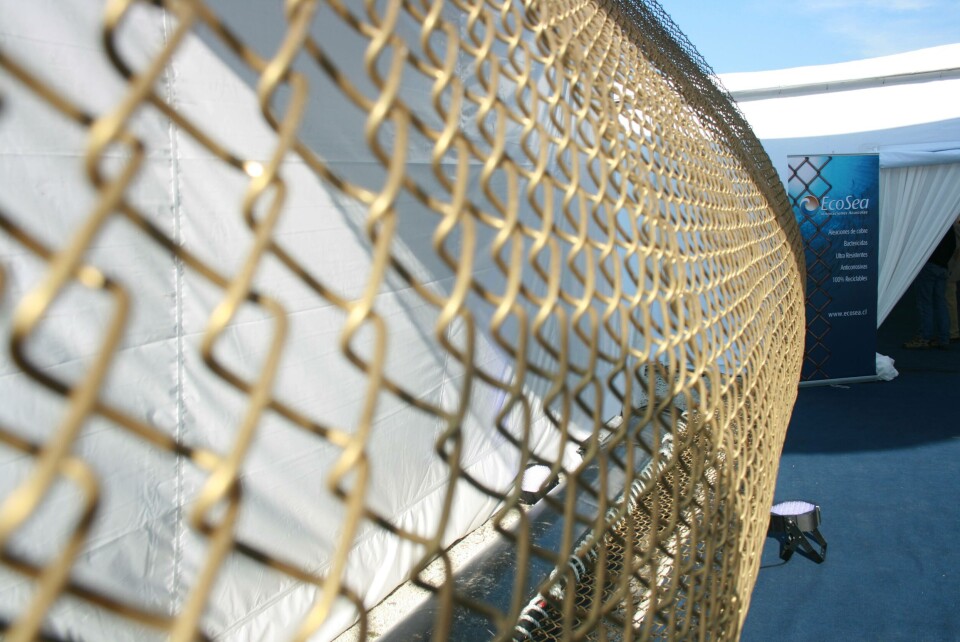
Copper nets deemed more eco-friendly
The results of a study looking at the environmental impacts of culturing Atlantic salmon in copper-alloy mesh (CAM) net-pens through analysing infrastructure and operating data from a pilot study in Chile in 2012 have recently been published.
The analysis included a comparative assessment of culturing fish in CAM net-pens relative to industry-average Chilean nylon net-pen systems in 2012, and an environmental hot-spot analysis of the CAM net-pen supply chain. This analysis was performed by researchers from EarthShift Global and from the International Copper Association.
Life cycle assessment (LCA) was used to quantify the environmental performance of both systems in compliance with the ISO 14040 and 14044 standards for LCA, including sensitivity analysis and uncertainty analysis to test the robustness of the methodology and key assumptions. Results of the study indicated that use of the CAM resulted in improvements in several key performance characteristics, including reductions in feed inputs, on-site energy use, application of antibiotics, and labor hours. These operating performance improvements resulted in reductions in life cycle impacts relative to conventional nylon net-pen systems for nearly all environmental indicators considered, including climate change, acidification, marine ecotoxicity, metal depletion, and cumulative energy demand.
The reduced impacts for marine ecotoxicity and metal depletion were a result of lower copper leach rates for the CAM netting relative to nylon netting coated in antifouling paint, as well as the high recyclability of the CAM net material. The recyclability of the CAM nets could result in a more cyclical and sustainable use of copper in the aquaculture industry relative to the one-time use and permanent loss of copper used in anti-fouling paints for nylon nets.
The International Copper Association (ICA) is continuing to collect life cycle inventory (LCI) data to further characterize the environmental performance of CAM net-pen systems in an effort to provide further quantitative evidence of the benefits of this emerging alternative to nylon net-pen systems.
For further information contact Natha Ayer nathan@earthshiftglobal.com or download the complete article at: http://www.sciencedirect.com/science/article/pii/S0044848615302568




















































